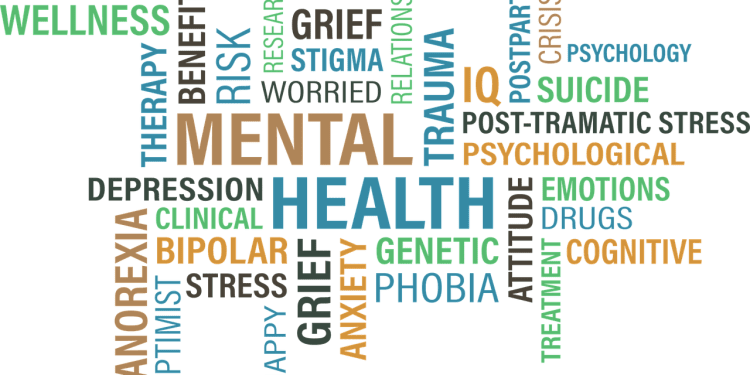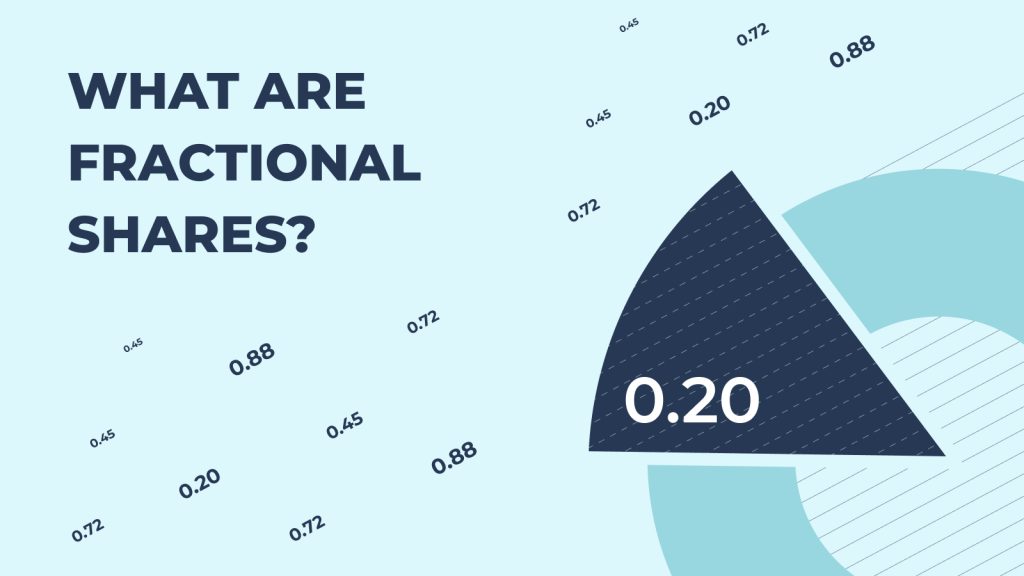

By: Stephen Carmel, Founder and CEO, California Prime Recovery
As medical practitioners will tell you, certain physical ailments — like cancer, diabetes, and heart disease — are best caught early. This is because the medical community has developed “treatments that work best during early stages of the illness,” according to Harvard Medical School. Similarly, obtaining an early diagnosis is crucial when it comes to anxiety, mood, attention, and behavior disorders in kids.
According to the 2022 National Healthcare Quality and Disparities Report, published by the National Institutes of Health, “Nearly 20 percent of children and young people ages 3-17 in the United States have a mental, emotional, developmental, or behavioral disorder.” Moreover, “…suicidal behaviors among high school students increased more than 40 percent in the decade before 2019.”
These astonishing statistics make it abundantly clear that our kids need help, and that we should be vigilant when it comes to signs of mental disorders. To be sure, we have made amazing strides in normalizing conversations surrounding mental health. However, not everyone is comfortable having these discussions. I’ve especially found that kids and teens can have a particularly hard time communicating what they’re feeling. And, to make matters more difficult, parents don’t receive the education they need to identify signs of these disorders.
As the founder and CEO of California Prime Recovery, an addiction and mental health treatment facility, I’ve learned to see these signs early on. Because of that, we’ve been able to treat myriad disorders in patients successfully and with compassion. Below, I share why it’s integral to identify signs early on and what those signs may be.
Detecting a disorder early on is crucial — here’s why
Left undiagnosed and, thus, untreated, mental disorders can cause children to “have problems at home, in school, and in forming friendships.” Per the Centers for Disease Control and Prevention, this may also interfere with children’s healthy development and continue into adulthood. On the other hand, when we do offer early diagnosis and appropriate treatment, children can be less stressed out and have an easier path to recovery.
The National Institute on Drug Abuse found an undeniable connection between substance use disorders and mental illness. “Data show high rates of comorbid substance use disorders and anxiety disorders…depression and bipolar disorder, attention-deficit hyperactivity disorder, psychotic illness, borderline personality disorder, and antisocial personality disorder.” Additionally, “patients with schizophrenia have higher rates of alcohol, tobacco, and drug use disorders than the general population.”
And, at a time when fentanyl — a synthetic opioid prescribed for severe pain — is taking the lives of adults and children alike, we must be extra cautious to look after our children. This importantly includes keeping our eyes open for signs of mental disorders.
Signs of disorders in teens
Before we even get into that, though, it’s important that parents know how to approach their child if they spot those signs. There’s absolutely nothing “wrong” with our child if they have a mental disorder. They are not inferior. We should not fear seeking help.
At the end of the day, as parents, don’t we want what’s best for our kids? We can make those decisions as more informed parents when we know the type of support our children need.
Of course, there’s no one telltale sign that your teen may have a mental disorder. However, I’ve learned that there are a handful of things that are worth looking into with the most common disorders.
1. Bipolar disorder
The National Institute of Mental health defines bipolar disorder as “a mental illness that causes unusual shifts in mood, energy, activity levels, and day-to-day functioning.” Those can be signs in and of themselves. Other signs, during depressive episodes, may be that they have trouble with close relationships, sleep problems, changes in appetite. During manic episodes, kids may change topics a lot or display extremely poor judgement.
2. Depression
Depression in teens and adults is similar. If your child is struggling with depression, they might be feeling hopeless, irritable, and have a loss of joy in usual activities. They may also experience loss of interest in, or conflict with, family and friends.
3. AD/HD
In the early literature, experts listed these as AD/HD symptoms: constantly fidgeting, lack of focus, excessive physical movement, and impulsivity. That’s true—for young boys. As we’ve recently learned, though, AD/HD has been severely underdiagnosed in young girls because their symptoms are different. Instead of being impulsive or interrupting, girls with AD/HD tend to daydream, shift focus from one activity to another, and be highly sensitive to noise, fabrics, and emotions.
While these three disorders are the ones we see most, there are others that might affect your teen, like anxiety and eating disorders. To educate yourself on what those are and what their symptoms might look like, visit Mental Health for Adolescents.


















